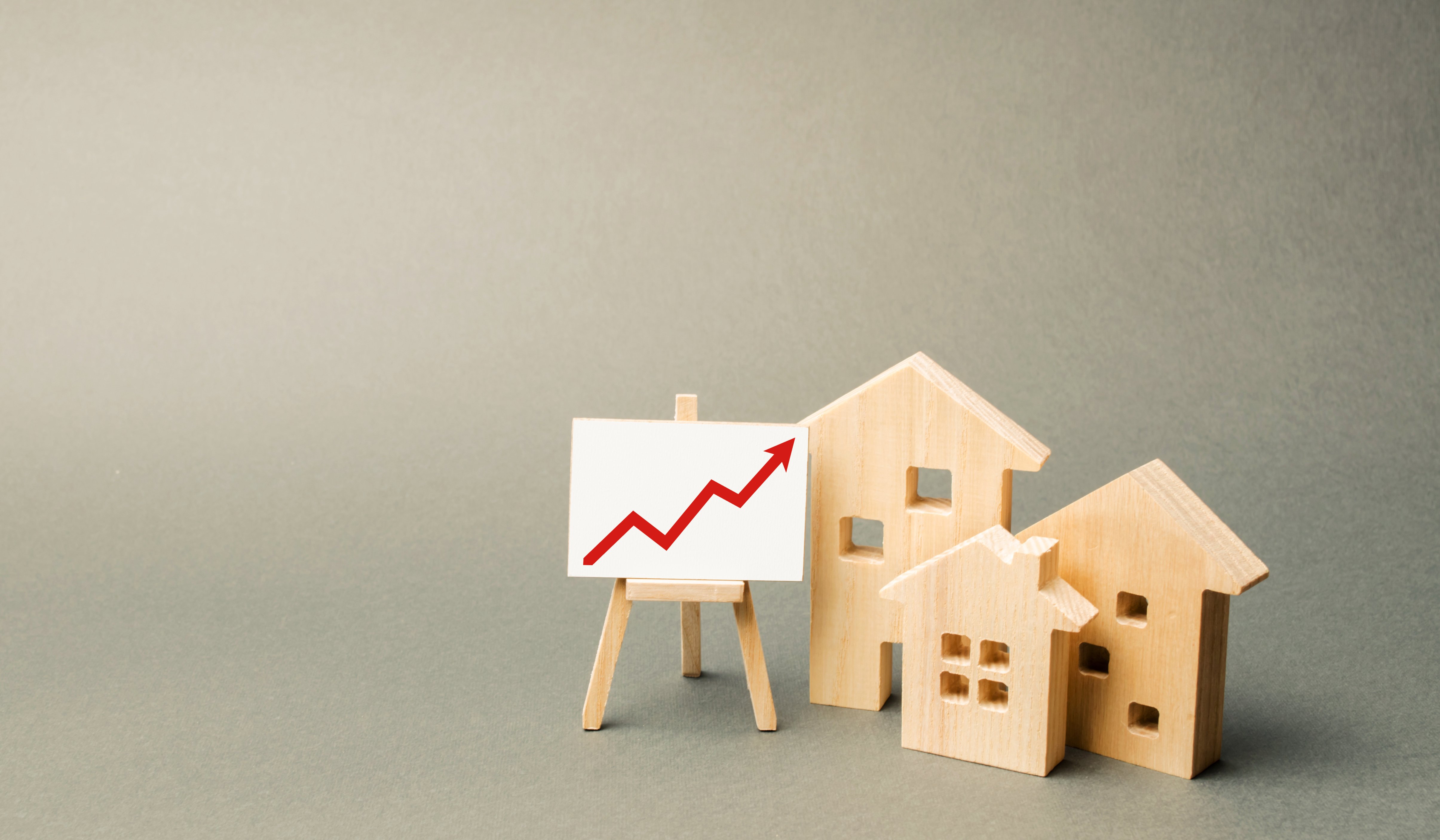We recently talked about all the reasons the housing market wouldn’t crash because of the coronavirus — but that doesn’t mean it won’t take a temporary hit.
With a large portion of the country on mandatory lockdown and a strict travel ban on incoming flights from Europe, entire industries are being impacted by the COVID-19 epidemic.
Zillow Research recently conducted a study to show the historic impact of pandemics on the housing market, and the results were promising.
Recovery Times After Pandemics
COVID-19 was categorized as a pandemic by the World Health Organization on March 11.
While other pandemics have temporarily impacted local and global economies, those economies quickly improved once the pandemic was over.
Let’s take a look at some of the findings.
- Over the course of pandemics like the 1918 influenza (which lasted nearly three years) and the 2003 SARS outbreaks (which lasted about 8 months), there was a 5-10 percent temporary hit to gross domestic product or industrial production over the course of the epidemic. Those numbers quickly snapped back quickly once the epidemic was over.
This pattern differs from a standard recession, where economic activity falls for 6-18 months, then recovers more slowly.
- During the SARS outbreak, Hong Kong house prices held steady, but the number of transactions dropped by 33-72 percent as people distanced themselves and avoided human interaction. After the epidemic was over, transactions snapped back to normal volumes.
- In China, the origin place of the current pandemic, unofficial data show that Chinese house prices remained stable from December to January (+0.27 percent) although the volume of transactions has fallen up to 98 percent from normal. This “wait and see” pattern closely mirrors what happened during the SARS outbreak, with people hesitant to go on home tours or close in person. The severity of the impact will largely be based on how long the outbreak continues.
While at this point, it is difficult to predict the exact impact COVID-19 will have on home pricing and transaction volumes in the U.S., based on historical data, the market should snap back once the pandemic resolves.
Because of current high buyer demand, when transaction levels in the United States return to normal levels, there should still be enough qualified buyers looking to purchase to balance out the market and avoid a market crash.
Recovery Times After Recession
Right now, the U.S. is in a market downturn, with major financial indexes falling by more than 20 percent since the beginning of the year.
If that downturn lasts at least two consecutive quarters, we will be in a recession. If the current outbreak leads to a recession, recovery could be slower — but not much. Based on data from previous recessions over the last 70 years in the U.S., the speed of recovery has nearly always been swift. While bull markets (rising markets) often last for years, a significant portion of the gains typically accrues during the early months of a turnaround.
For example, after the S&P 500 bottomed at 777 on Oct. 9, 2002, the stock index gained 15 percent over the following month and a total of 34 percent over the following year.
Even after the Great Recession, recovery was quicker than average, and the S&P 500 gained back 68 percent just one year from its lowest point and 84 percent two years later. Every recession recovery plays out differently on the index, but the average recovery saw the S&P 500 gain 32 percent back after one year and 42 percent after two years, according to an analysis by SunTrust Bank.
Before the COVID-19 crisis, we were in the longest expansion period on record. Since 1900, the average recession has lasted 15 months, while the average expansion has lasted 48 months.
From 1926 to 2019, the U.S. market has experienced eight bear markets, which occur when the indexes drop 20 percent or more. These downturns varied in length from six months to nearly three years, according to data from First Trust Advisors. The most severe recorded drop was 83.4 percent in the S&P 500, during the Stock Market Crash of 1929. But the market has recovered from all of them and continued to grow.
What is the Most Likely Scenario?
Whether the U.S. falls into recession or not, the path back to growth after COVID-19 will depend on a range of factors, including the length of time of the downturn. Most market disruptions follow one of three patterns, according to Harvard Business Review:
- V-shaped: This is a “classic” economic shock, where a displacement of output eventually rebounds.
- U-shaped: This scenario is a less ideal version of the V curve, where the shock persists a bit longer with some permanent loss of output.
- L-shaped: This is an unlikely scenario where a shock results in significant structural damage.
Most prior shocks, including epidemics such as SARS, the 1968 H3N2 (“Hong Kong”) flu, 1958 H2N2 (“Asian”) flu, and 1918 Spanish flu have all followed the V-shaped pattern.





.jpg)
